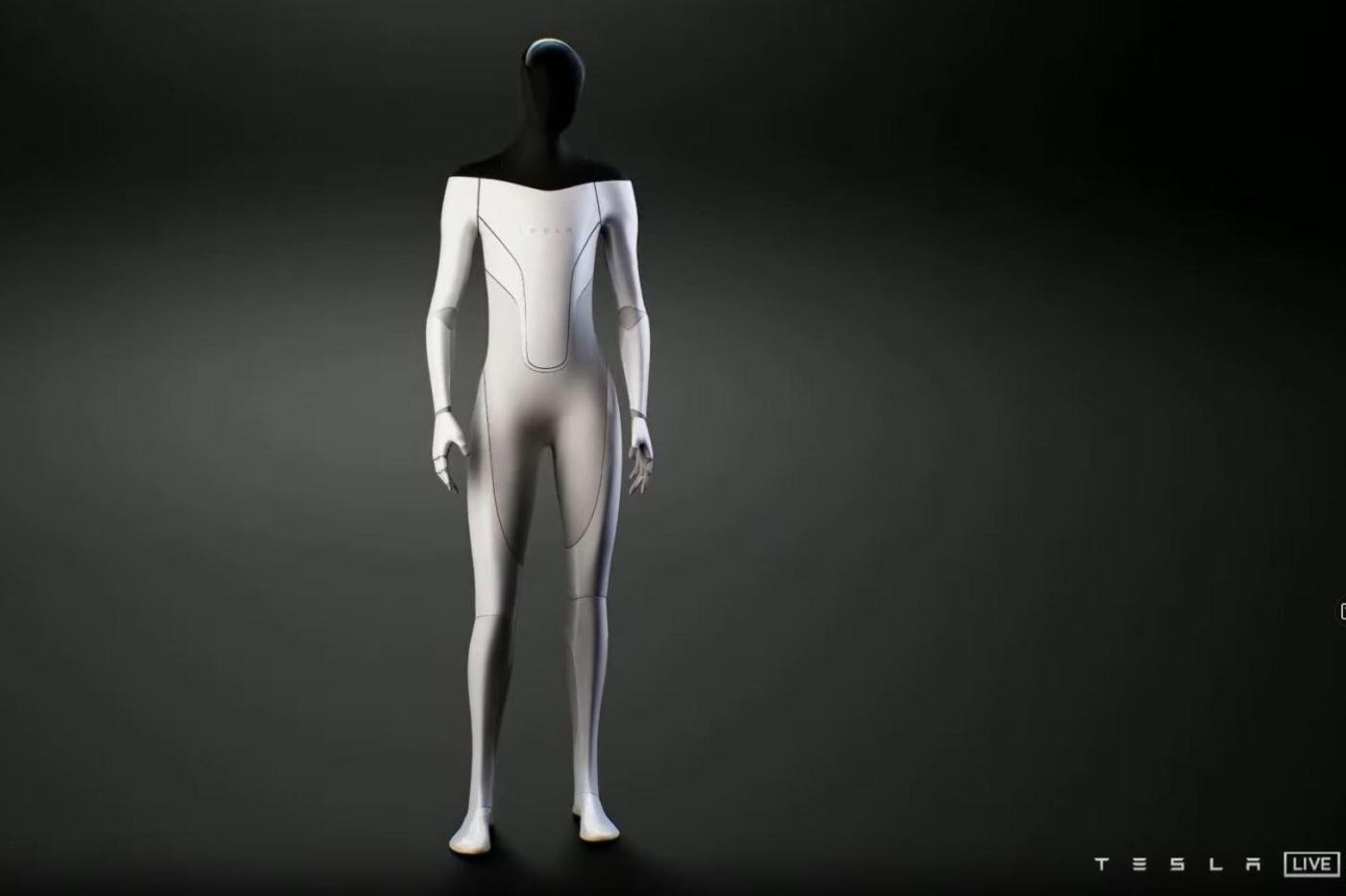
MuleSofta subsidiary of Salesforce, has identified the seven most prominent trends that digital transformation will follow in 2023. The year will be marked by the situation of economic uncertainty, so when it comes to addressing its transformation, or advancing in it, companies will give priority to efficient and sustainable growth. All with the aim of overcoming the operational pressures, which are increasing, without neglecting the experiences of customers and employees. They are the following:
More investment in automation looking for efficiency
Although many companies have already embraced automation, Mulesoft notes that by 2023 investment in this field will go beyond isolated cases. The aim of companies will be to locate what allows them to do more with less, which will lead to efficient growth. Also to an improvement in productivity and cost savings, amid uncertainty caused by rising inflation, rising energy costs, labor shortages and geopolitical conflicts.
To make a noticeable impact by 2023, organizations need to pursue strategic automation initiatives. Or hyperautomation across the enterprise. 80% of companies say they have hyper-automation on their roadmap for the next two years. And to reach the potential it offers them, they have to take advantage of both integration and composability, essential to advance the digital strategy in 2023.
Composability: Critical to driving agility and innovation
When we talk about composability, we are referring to the possibility that teams have of reusing the capabilities at their disposal to improve agility, and therefore, efficiency. By combining composability strategies, such as low-code, with hyper-automation technologies, companies can reduce IT deliverability constraints, as well as innovate at speed and scale to create connected experiences for customers and users.
Low-code and No-code for less technological users, and more automation
As the demand for digital transformation increases, the shortage of technology talent continues to increase, also leading to more pressure on IT teams. 73% of IT managers say that today it is more difficult to find IT talent than ever. For this reason, to alleviate it, in 2023 low-code and no-code tools will be deployed among employees to alleviate the situation and give a larger group of workers the necessary tools to take advantage of the capabilities available to them in their digital projects.
This will also reduce IT bottlenecks and speed up the transformation. In addition, more organizations will put in place multidisciplinary teams with business and technology experts. With the right tools, these teams can innovate, always with the supervision of the IT department to avoid problems.
Investment in total experience (TC) strategies for greater customer and employee loyalty and advocacy
Companies will have more pressure in 2023 to offer flawless customer experiences. These experiences will drive growth, preserve revenue and ensure customer loyalty. But companies will also discover in 2023 that the employee experience is also vital to their success. Therefore, companies will combine customer and employee experience initiatives to increase revenue and retain talent. To do this, companies will be focused on various integration and automation strategies designed to connect systems and processes of experiences throughout the company.
More intelligent automation of data-driven decision making
For 83% of companies, data-based decision-making is already a priority. But the data they need to generate business intelligence often sits in business silos. This is a problem. But in 2023 there will be a notable increase in the incorporation of real-time analysis to solve this problem.
Also to generate a fabric that offers automated, intelligent and updated data, with the aim of reducing decision making that is not correct. The integration of real-time analytics into decision making will help organizations accelerate value creation and reduce missed opportunities.
More layered and integrated cybersecurity defenses
Investment in distributed architecture and edge technology will grow in 2023, leading to more security risks. To address this, by 2023 more companies will be adopting the security mesh approach, which helps significantly reduce the financial impact of security incidents.
Furthermore, to be successful, companies will need to manage connections, APIs, compositions, and automation bots from a single interface. That’s why the adoption of platforms designed to work on any infrastructure or application will grow. Whether they’re in a public cloud provider’s data center, on-premises, or at the edge.
Sustainability as a driver for continuous investment in IT
Environmental sustainability will continue to be in 2023 one of the main challenges of society. To drive it into their operations, companies will increasingly seek to harness data-driven insights and improve supply chain integration.



